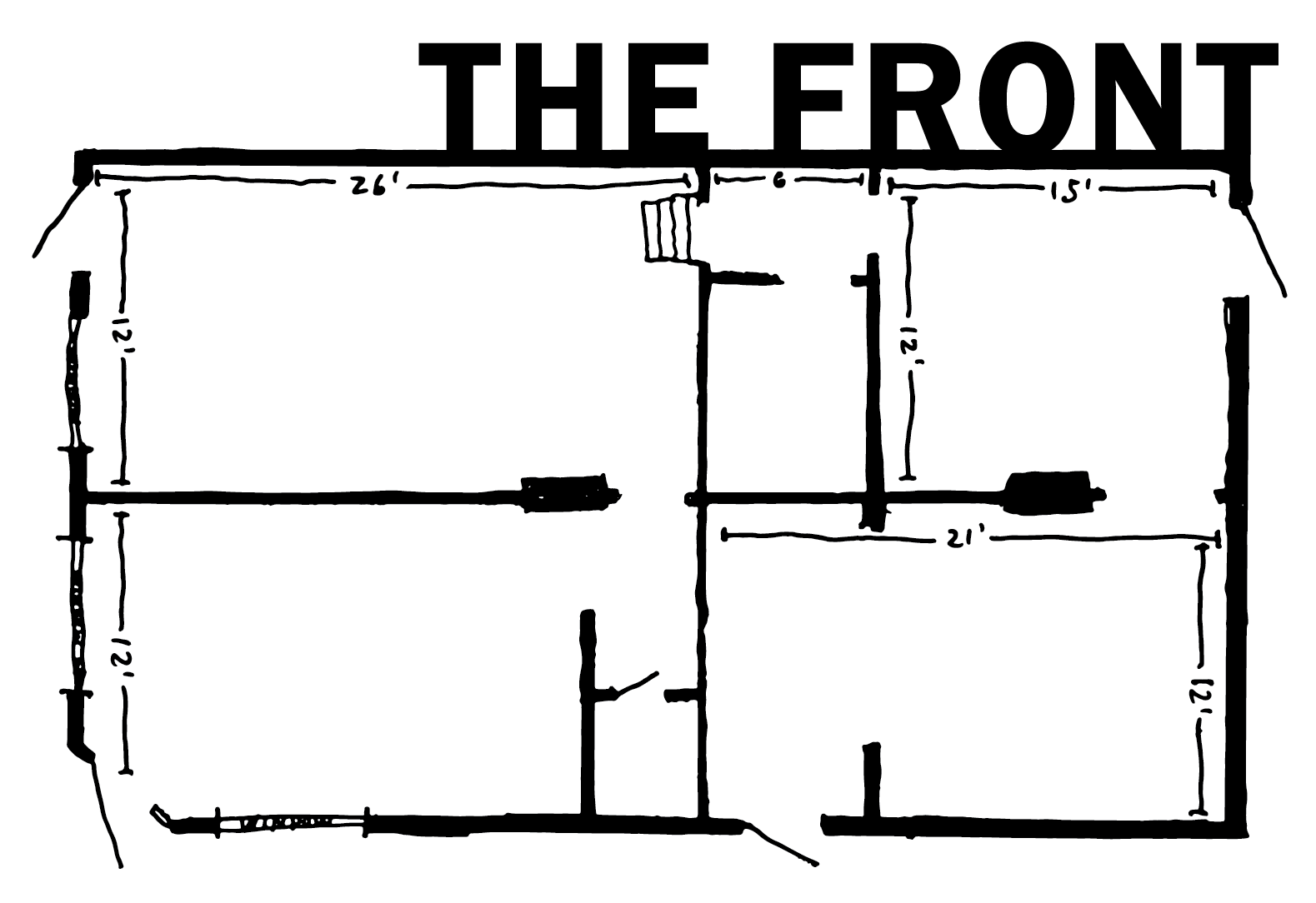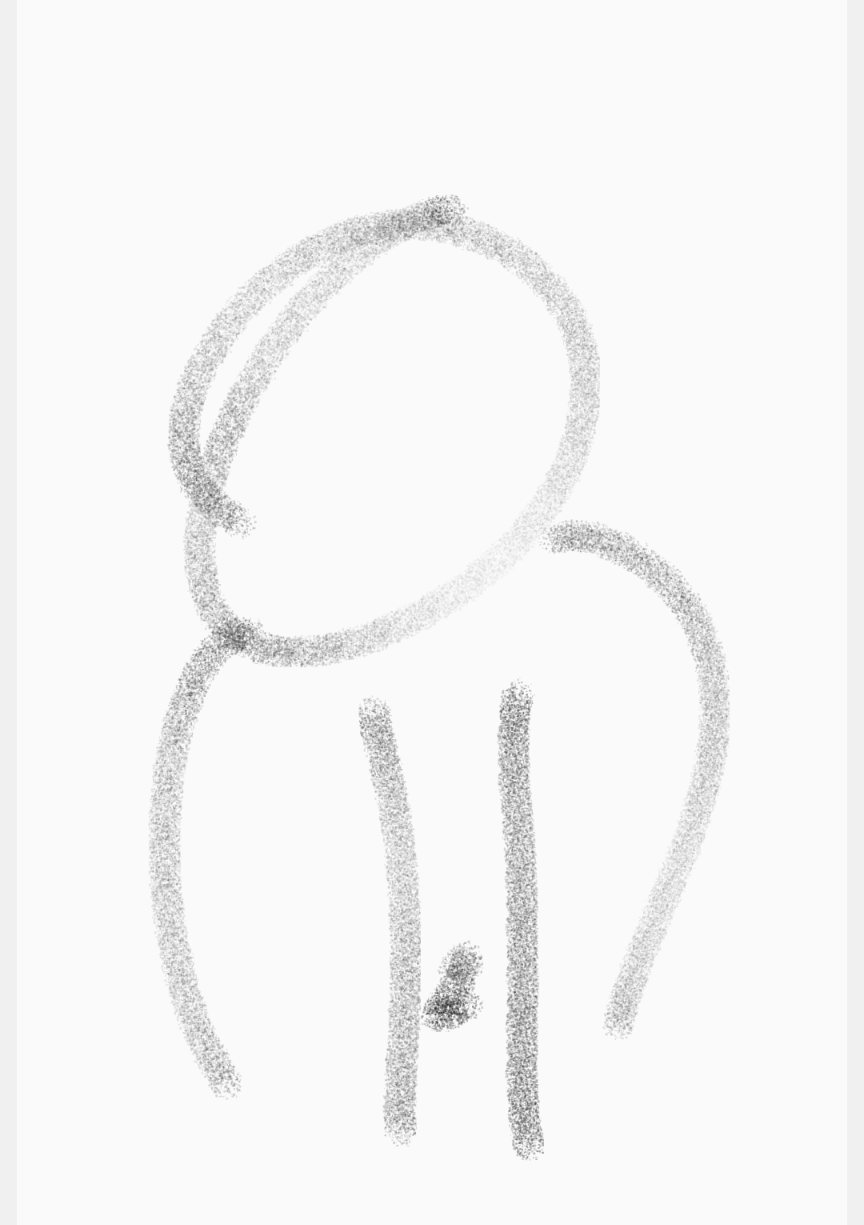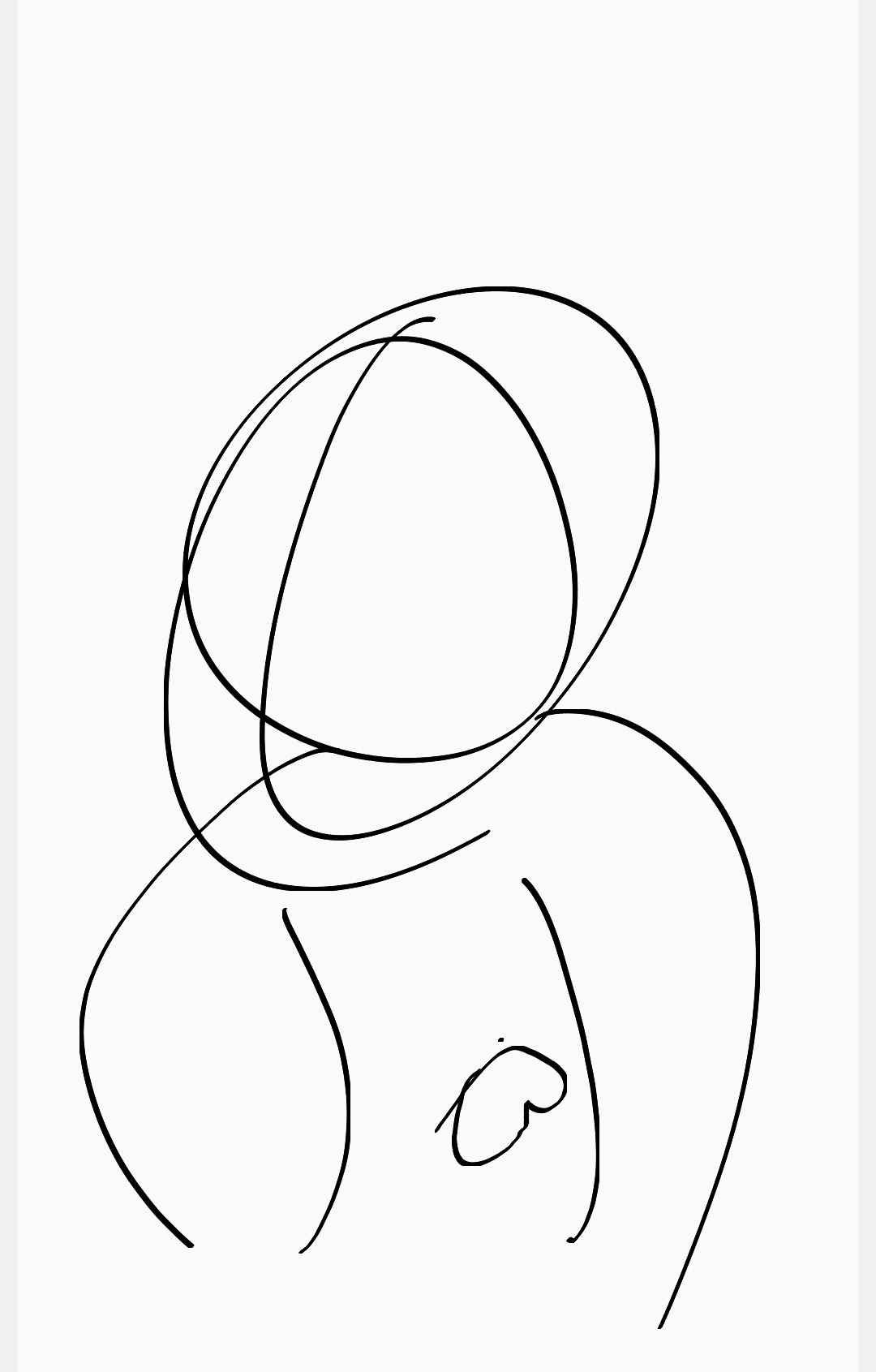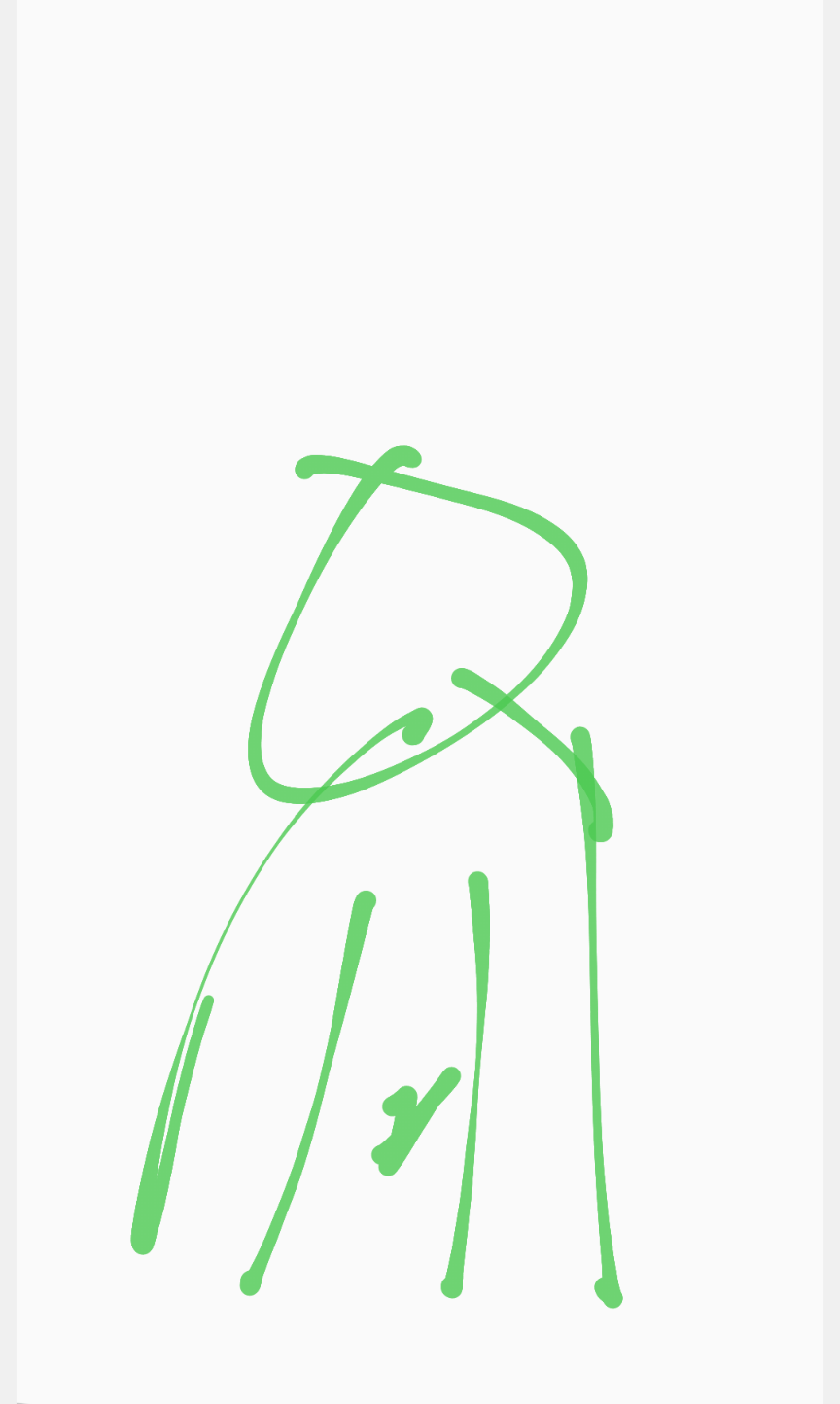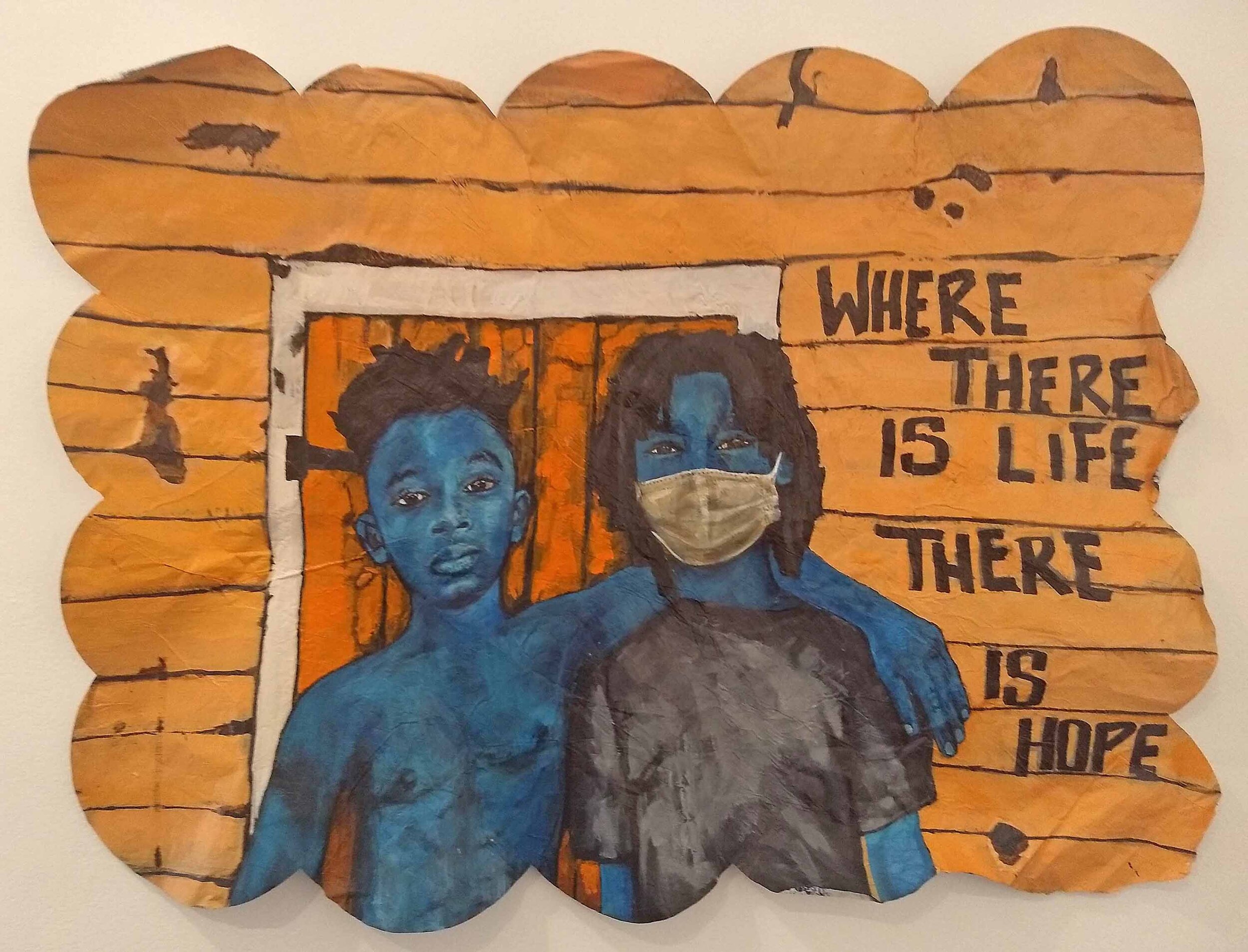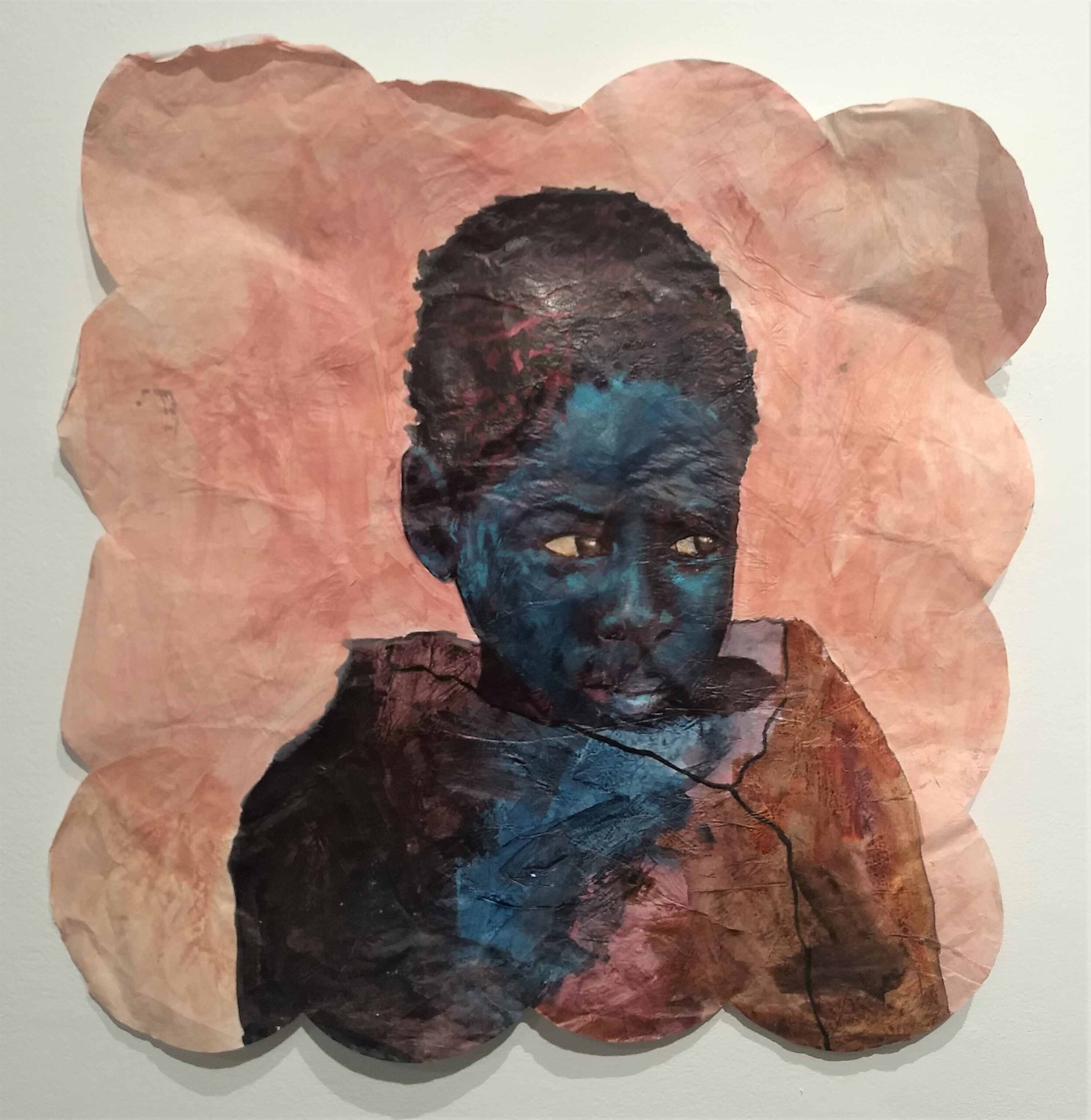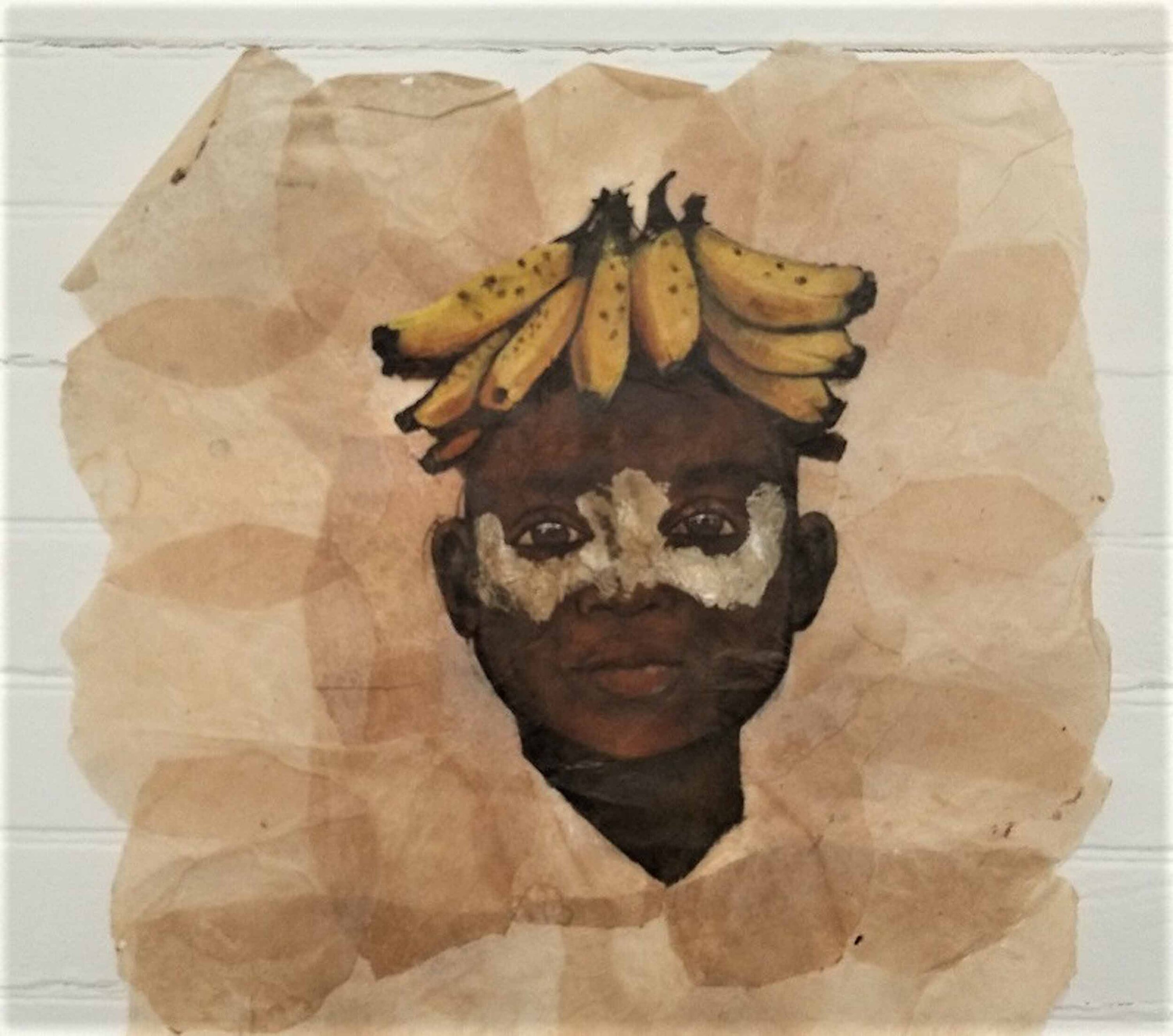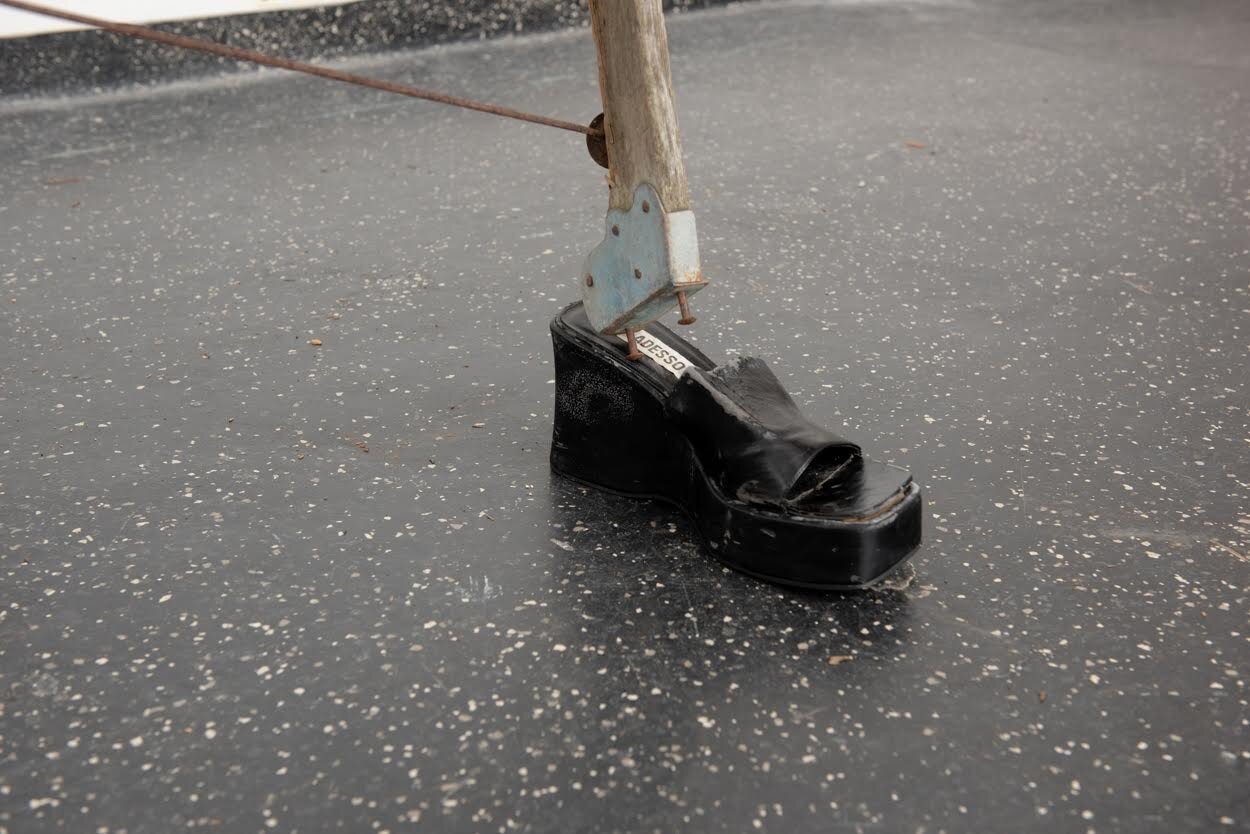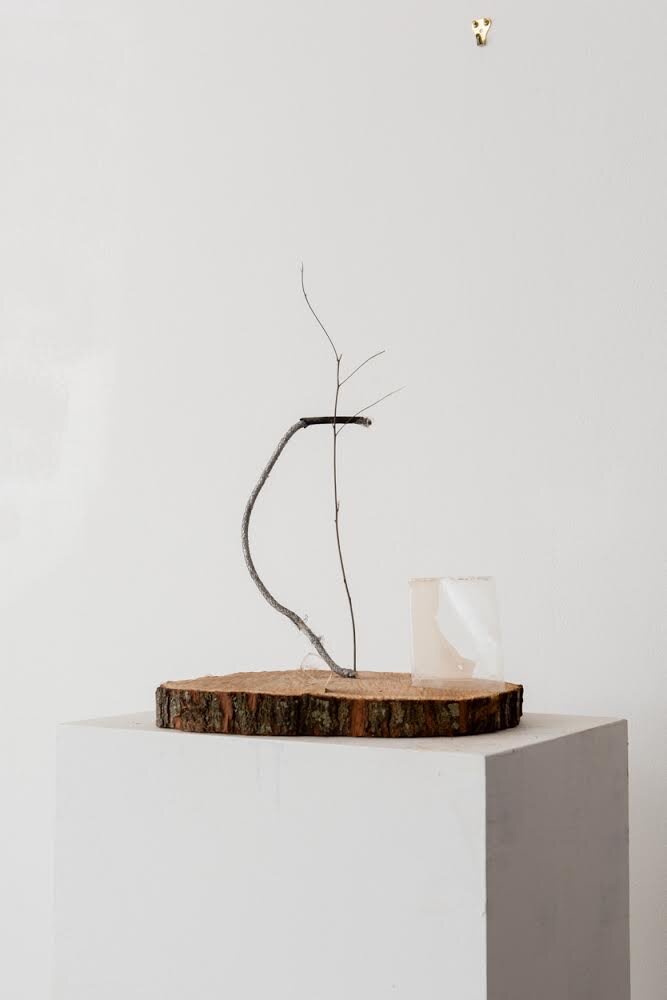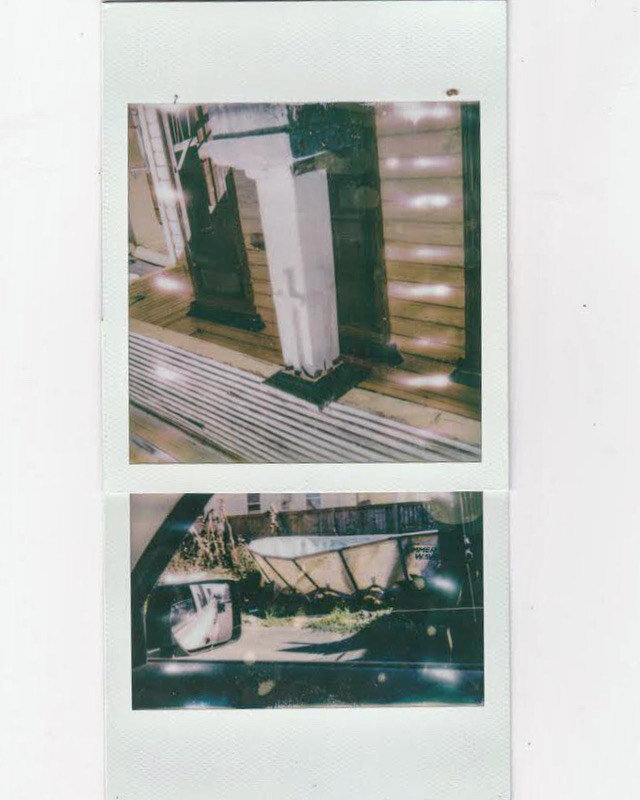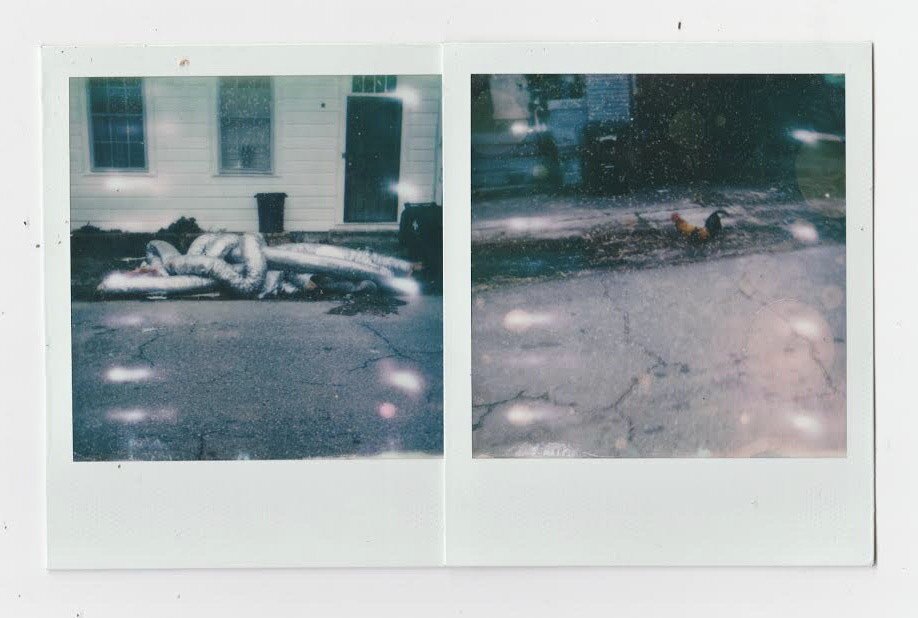Dear Artists and Art Lovers ,
Please join us in supporting a talented Black artist from NY who is in need of immediate funds for safe, secure housing while performing at our gallery from March 13 - April 4, 2021.
March 13 - April 4, 2021
Open March 13, 12-9pm, regular hours there-on Saturdays and Sundays 12-5pm.
Rooms 1 & 2:
Typescenes by Rodney A. Brown
Medium: Digital Image of Color on Screen
Date: Kairos time
Dimensions: Blk
Typescenes
Rodney A. Brown
“Performance. Traditional. Old way.”
“Rodney A. Brown ( / U / \)
/ u /u / u /u /
/u /u /u /u /u /
/u /u /u /u /u /u
/u /u /u /u /u /u u/ / /
u / / u / u / u / / u / u
/ / / u / / u
/ u u / / u /
u / / u / / u
/ \ \ / u / u / u / / u / u
/ u / / u / u / / u u / / u
/ u / u /
u / u / u / u / u / u /
u / u / u / / u / u /
u / u / u / u / / u /
u / u / / u / u / u / /
u / u / u / u / u / u / u
/ u / / u / u / / u / u u /
/ | / \ /u u / u / u / u u /
/ u / u / u / u / u / / u /
u / u / / u / u u / u / u /
u u / u / u / u / u / u /
u / u / u /
/ \ / u u /
u / u /“
“Typescenes command language—
Help_The about of this Author is the
plurality of proximities_ Thus these relationships
are also deep inside this Author_
especially how physical_ social and
psychological component parts of Black
living_which when read together create
some singular convent of Blackness_out
of which narrative repetitions of Black-
lived experiences (oral histories become
folktales are poems as typescenes) can
be analyzed_and then arranged into
something of a singular pre-eminent
creative project that is an otherwise
doing-for-ourselves now_ and [enactment
with] one another now_ what no one has
ever done for us_ (Hemphill_ 1993)_
Do more is languages' demand to body_
We got y’all is how curating the various art structures expressing
typescenes within Typescenes activate convention_”
Room 3:
There’s Hope, Jessica Strahan, 23 inches x 31 inches, Acrylic and oil on paper.
Beheld, Jessica Strahan, 24 inches x 34 inches, Acrylic and oil on paper.
Potassium, Jessica Strahan, 18 inches x 17 inches, Acrylic and oil on paper.
Jessica Strahan
Jessica Strahan (b. 1980) is a painter and muralist native to and based in New Orleans, Louisiana. Self-taught, she creates portraits that amplify the African influence on New Orleans culture, from the city’s neighborhood cultural practices to its shot-gun architecture and culinary traditions to the facial features and hair stylings of its residents. Her paintings play in the parallels and dissonance between the past and the present to create windows into imagined futures. They investigate the meaning of home for a people who carry both the ancestral memory and lived experience of mass displacement – due to enslavement and Hurricane Katrina.
Strahan’s paintings have been exhibited, collected, and published nationally and her murals color neighborhoods throughout New Orleans. From 2014 through 2017, she co-produced the annual Art Madness exhibition, as a founding member of Axiom Art Collective and Gallery. In 2016, Strahan was named Regional Winner of the Bombay Sapphire Artisan Series during Miami’s Art Basel. For her painting Survived, the Ogden Museum of Southern Art named her Winner and Best in Show for the 2019 Louisiana Contemporary, juried by David Breslin, the DiMartini Family Curator and Director of the Collection at the Whitney Museum of American Art. Strahan’s paintings have been exhibited at the Ashe Cultural Arts Center, the Joan Mitchell Center, Lemieux Gallery, the New Orleans African American Museum, the Ogden Museum of Southern Art, and the Rush Corridor Gallery. Her murals include YAM commissioned by the Arts Council of New Orleans; Portrait of George Carter as part of the acclaimed street art exhibition ExhibitBE; Strahan’s work has been published in The Times-Picayune/NOLA.com and The Washington Post.
I am interested in the body as a bridge across time and space: between the public and the intimate; the Old World and the New; joy and tragedy; harm and healing; what was, what is, and what will be. I meld realism and abstraction through portraiture to explore embodied narrative and emotion. Through an intuitive process, I paint African people – often children, sometimes a mother and child – at the intersection of nostalgia and possibility.
I seek to forge relationships with my audience that are not predicated on consumption but on mutual understanding, on their ability to see their truth in the faces, gazes, and stance of the subjects. I invite viewers into an imaginative experience where they can question what they believe to be real and possible in order to deepen their connection with that which they may perceive as same or other.
My work subverts the traditional purpose of portraiture as a statement of the subject’s wealth and status, instead positing a post-humanist argument that challenges the assignment of value to the body based on what one is able to produce. I use abstract colors and cultural iconography, signifiers of one’s productive ability, to investigate the possibility of a Blackness beyond value. The subjects of my work peer into the street from behind windows, laugh and play with friends, stare boldly back at the viewer or ignore the viewer entirely. They offer nothing. Their presence is their justification. In the subject’s movement, faces, and adornments are cartographies of resilience. Their mouths and eyes, words and vision, project them beyond the confines of houses, neighborhoods, and a sinking city. Most importantly, the characters project themselves beyond systems that tell them they must convince others of their worth in order to survive.
At their core, my paintings are about relationships. I believe relationships are the key to survival. I started drawing and painting in grade school, exploring my relationship to myself, my feelings and experiences. I filled notebooks and textbooks with drawings, and my family, friends, and educators took notice and encouraged my interest in art. As I matured and expanded my subject matter, the colors, textures, sights, sounds, and smells that surrounded me seeped into my art more and more, and I began exploring the relationships implied in the idea of Home. In much of my work, New Orleans, founded on stolen Native land, built by the labor of enslaved Africans, re-built (after Katrina) by the exploited labor of Latin American political asylum-seekers, serves as an entry point to understanding the universal longing for Home and connection. Relationships are both how I came to practice art and a core subject within my art.
jhandpaints.com/
facebook.com/jhandpaints
@jhandpaintsbeta
Room 4:
Rosalie Smith, Photography and objects, 2021
“Did your boyfriends ever come over and try to use your dads dental equipment to do balance beam stuff”
Rosalie Smith
I am an artist based in New Orleans, LA. I received a BA in studio art from Smith College in 2015. As an interdisciplinary artist, I collect non-art objects that speak to grief and attachment. In manipulating the detritus, I explore humanity's futile attempts to control our environment in the face of ephemeral truth. I am drawn to natural erosion of the built environment, the illusion of permanence, and the inevitability of loss. I work with concept driven media, including resin, found materials, wood, heat transfer images, and monotype printmaking techniques. In my work I replicate processes of documentation and preservation, exposing their fallibility.
In this exhibition I am exploring innate sexual metaphor in the landscape, the imposition of grids as a European method of control, and the formal strategies for representing Nature in Ikebana (a Japanese flower arrangement technique).
rosalieglsmith.com
@rosalieglsmith
